
Recently, we have been interested in such area of agriculture as vertical farms. Earlier we wrote about the fact that this technology is far from its final form: the issues of high costs and low profitability have not been solved, no common approaches to the creation and management of such farms have been developed, their place in the existing system of food supply is not fully understood.
To consider this topic in detail through the prism of Kazakhstani reality, we recorded an interview with Serik Dzhantasov, deputy director of the agro-technical hub of the Kazakh National Agrarian University.
How do vertical farms develop in Kazakhstan, are there any samples?
- In Kazakhstan, this direction is only developing, in this segment we are completely lagging behind. Of course, some businessmen are eager to try themselves in this area. They reached out to me, found out where to buy the appropriate equipment, reached out to Western suppliers, but it turned out to be very expensive. That is why they are waiting for local manufacturers who could assemble something like that. So far, we have not seen any commercially based plants in operation. At present, we are only talking about experimental models.
The Kazakh National Agrarian University is also trying to move in this direction, to look for people, to create developments. We are now assembling several units, but in a rather simplified version. Here we need to define the concept of what is a vertical farm? In my understanding, it is a fully automated and controlled system, where a person only charges consumables and harvests.
What kind of products can vertical farms produce today?
- The main direction of production of vertical farms today can be considered leafy greenery. In foreign analogues, as a rule, "waterlogging" is used when special tables with nutrient solution are installed. The second type is application of nutrients with water on leaves. It is more like aeroponics. In the first case, the food comes from the bottom - from the root system, and in the second case, there is actually sprinkling, ie, watering on the leaves.
Both formats are quite complex, because it adds ventilation and lighting systems, as well as numerous sensors. It is very difficult to combine all this into one system because the higher the production level, the harder it is to process. The height can be as high as 9 meters. Every 45-50 centimeters is one layer where the growth takes place. In an average vertical farm there are about 18-20 of such growth zones. Lower levels in such a system are well ventilated and illuminated, and when it rises above, the temperature already rises, the humidity changes. Therefore, such systems tend to be located in basements or large hangars, where the microclimate is easier to control. For example, a U.S. startup has successfully implemented such a project in a hangar space, while in Singapore and Hong Kong, vertical farms are created in greenhouse conditions.
Do conditions in Kazakhstan allow vertical farms to develop?
- As for our country, businessmen in Almaty wanted to try to create such a system on a small area. If such a thing goes well, it can be expanded later. We have quite a lot of suitable premises for this: yard buildings, apartment owners' cooperative premises, basement premises. All this can be adapted. In the conditions of the pandemic, the question of providing the urban population with food arose again. In spring, there were roadblocks, logistics became more complicated, and vitaminized products could grow within a walking distance. Some tenants of a nominal apartment building could be engaged in production. There are quite a few advantages. If you test such units, you can offer them in a wide range for home growing and mini-business.
There is only one thing that is still underdeveloped: it is very difficult to grow other crops on such installations. In other words, we are talking about tomatoes, peppers and cucumbers, which are traditionally in demand. Leaf products, on the contrary, grow very well, because they have a short vegetation period - about 35-40 days, after which you can already harvest. The difficulty is that it is not easy to maintain the microclimate for a long time. Plants that grow for a long time, the same tomatoes and cucumbers, require daily manual labor: garters, removing some leaves, pinching and so on. It turns out that someone has to climb there constantly, to work at such a height every day for a few hours.
In the U.S. a relatively automated system has been implemented, where the upper beds, if necessary, are lowered down. In other countries, there are examples of special racks with which a person goes up. But such engineering solutions require certain resources. We want to make a low, compact prototype where there will be several shelves so that the plants are accessible. They can be equipped with a nutrient solution circulation system and lamps. At the moment, we are trying it out in a greenhouse, but we will test them in an enclosed premises as well.
How profitable can vertical farms be when considering existing models of the world?
- Foreign analogues are very expensive. We are talking about tens of millions of dollars if we translate it all per hectare. If you take a small area, it is less effective, because the costs are very high and the production volume is low. It pays off over a long period of time. If you take a large area, the yield will increase and the payback period will decrease accordingly. But here another question arises - where to put the tonnage that is produced?
Of course, if the meat was produced in this way, there would be no questions about sales. A salad leaf or dill in huge quantities will simply disappear, because people are not used to consume a lot of greenery. In Europe and Asia, things are different. People there consume quite a lot of germinated products. In Japan, for example, such micro-green is sold through special machines, which are located within a walking distance.
To do this, we have to change the gastronomic culture, so that people switch to the consumption of healthy products. In this regard, the production of vitamin cocktails, mousse and vitaminized salads, where the grown herbs would go, could be a promising direction.
How, in your opinion, can we reduce the cost of maintaining vertical farms? In particular, in terms of electricity, which accounts for the bulk of the costs.
- Yes, if you take ordinary greenhouses, there are lamps hanging there, which at once cover the entire production area. A vertical farm can have 18-20 rows each, which require separate ventilation and lighting. This can be very energy consuming, so alternative energy sources may be useful here. Also, local executive bodies may provide subsidies for electricity and heating to those companies that deal with such new technologies.
Reducing the cost of establishing and maintaining vertical trusses may also be the emergence of local companies that will supply the relevant components, such as special light spectrum lamps. In general, this direction can produce a multiplier effect, both at the stage of creating units, and in the formation of production chains at the output.






































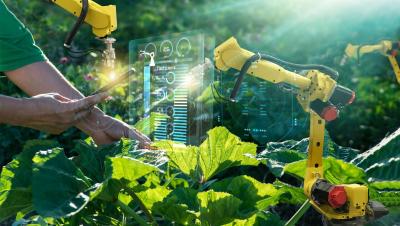
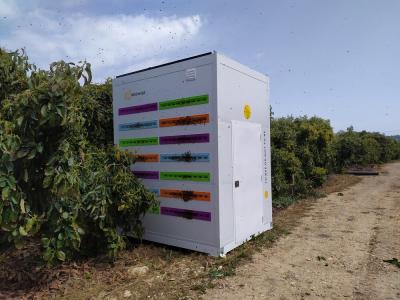
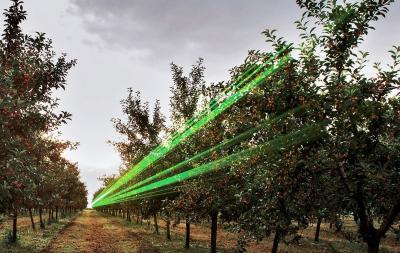
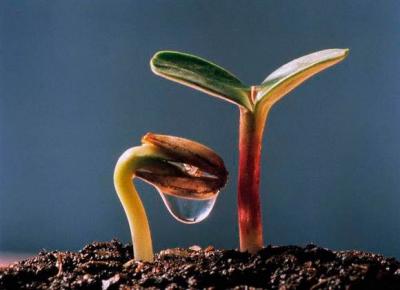
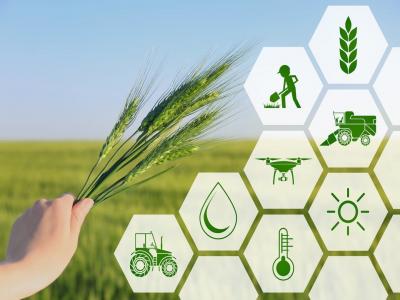
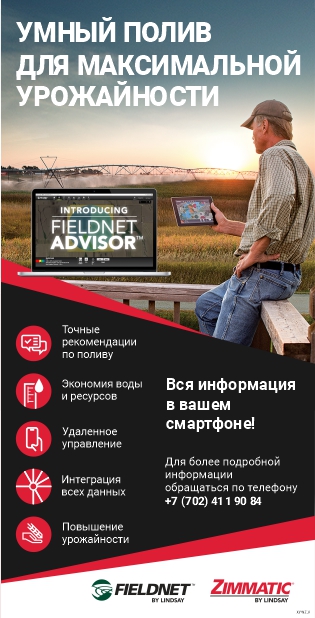


Обсуждение